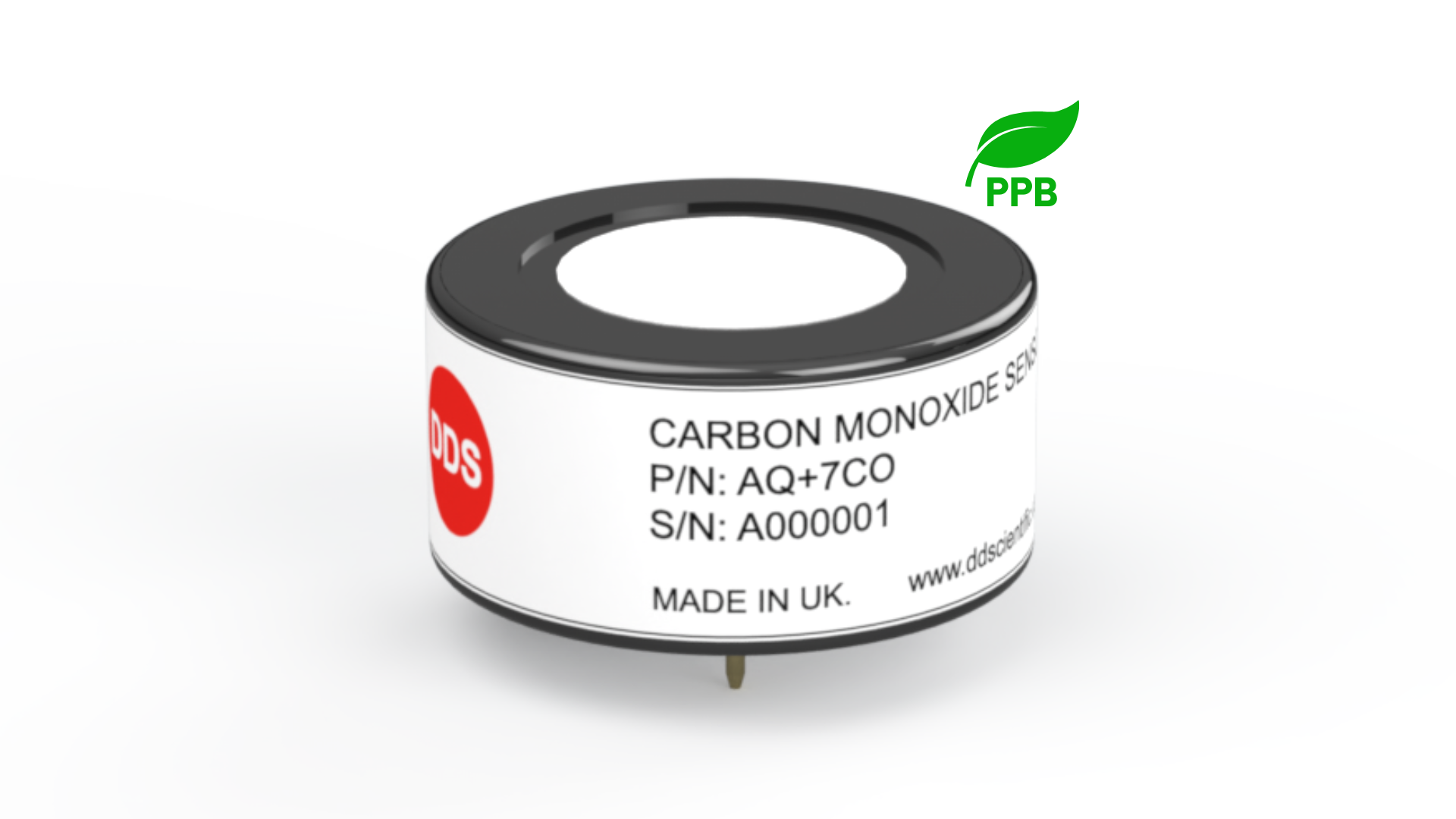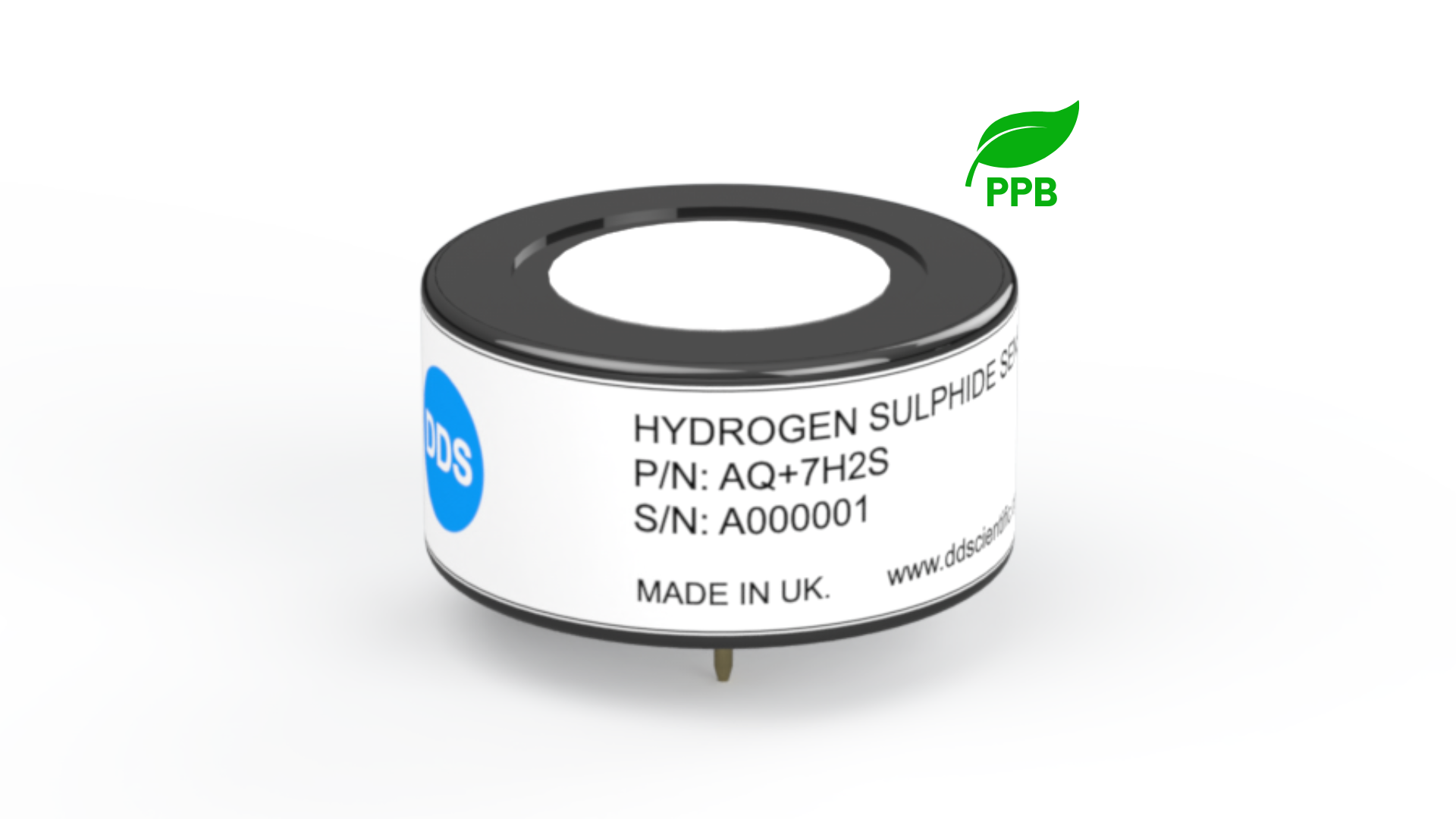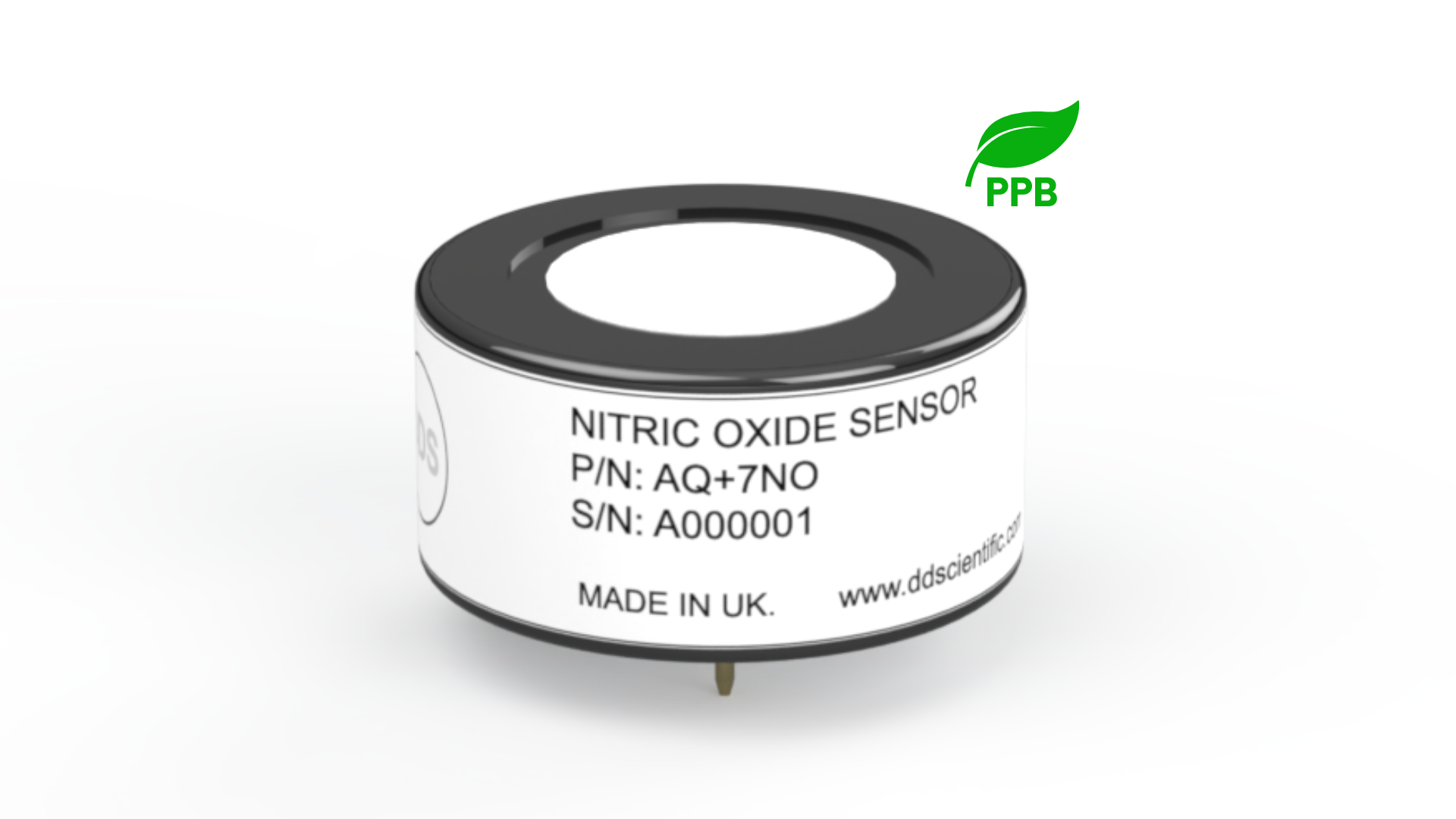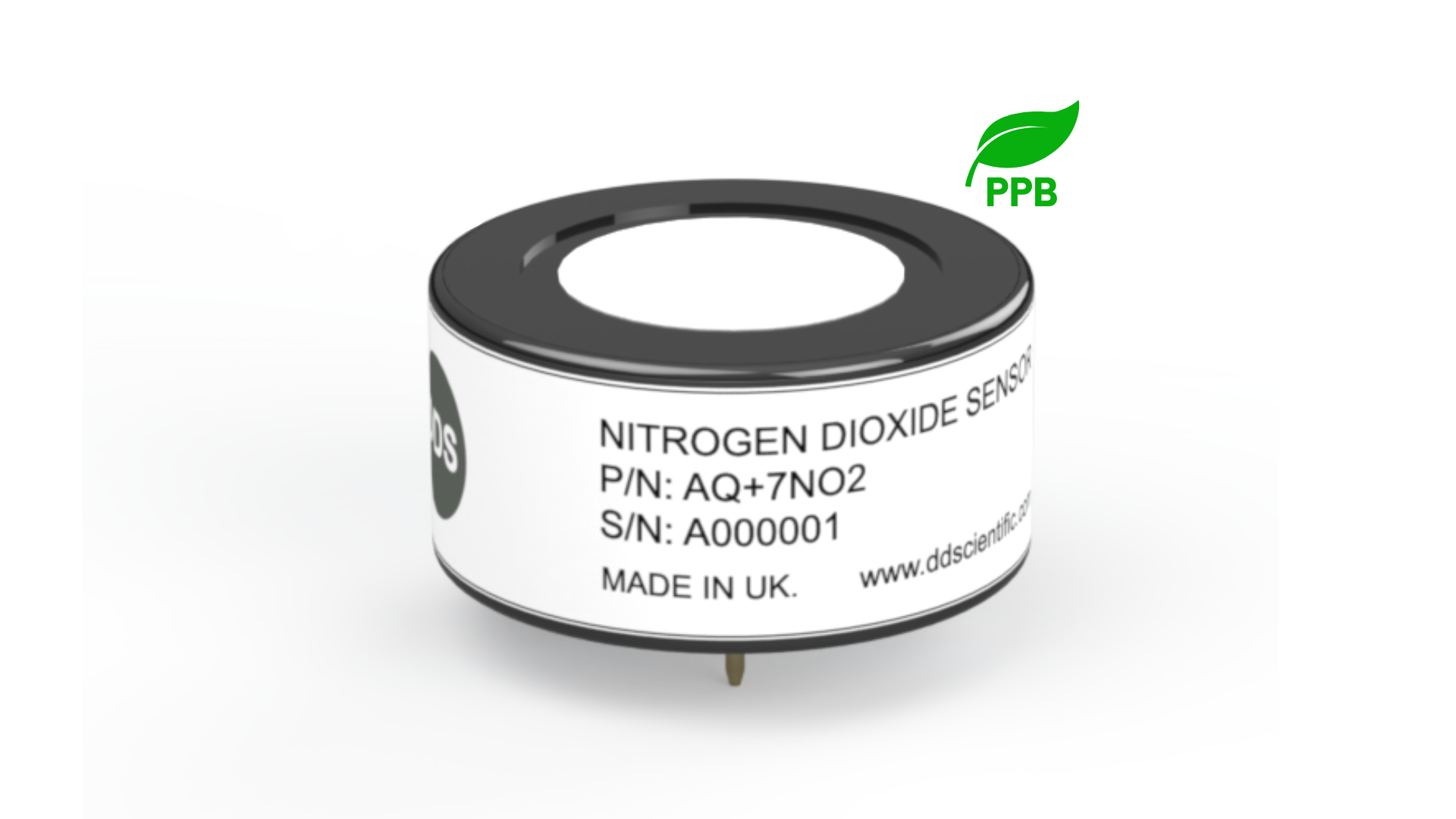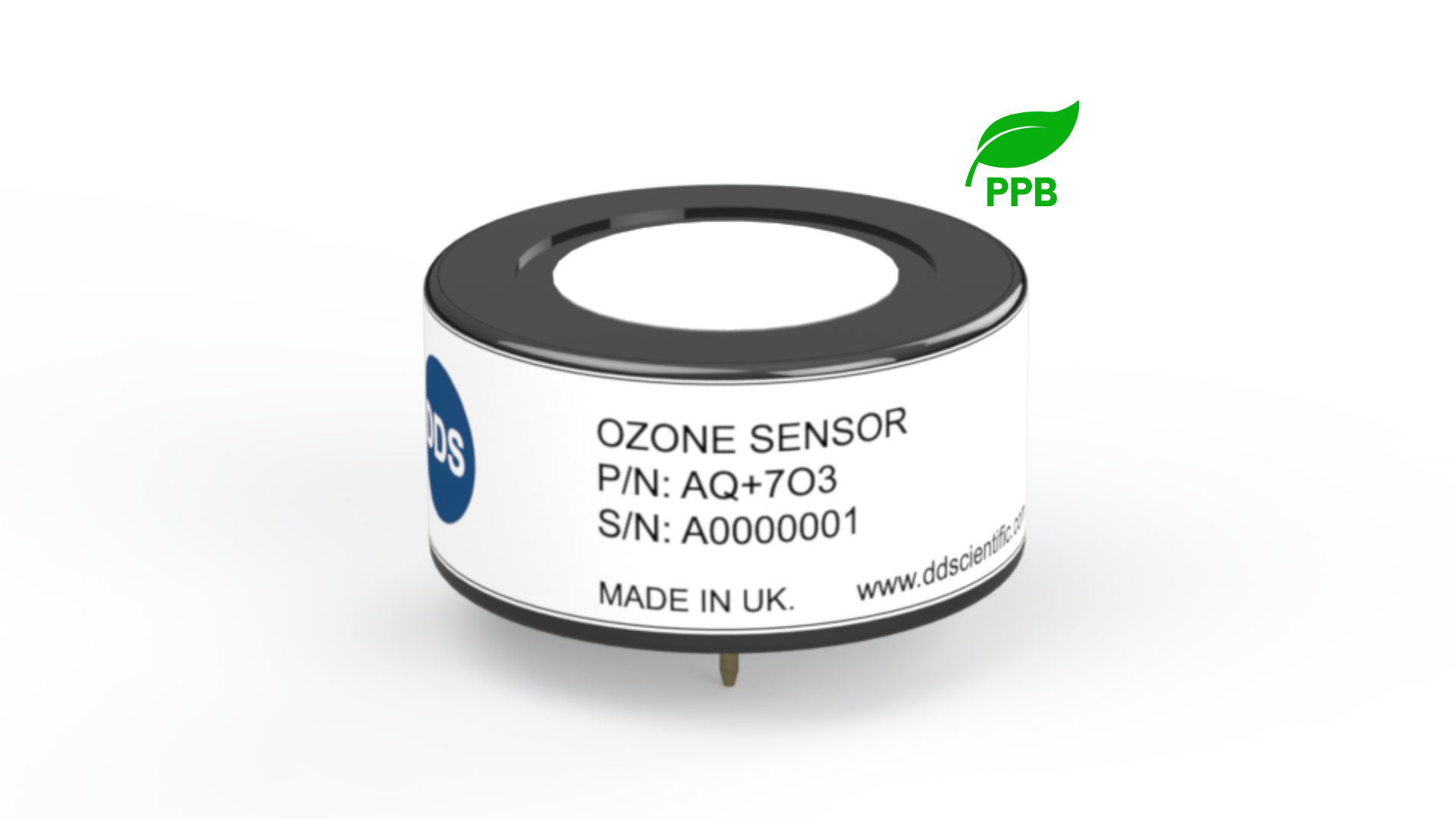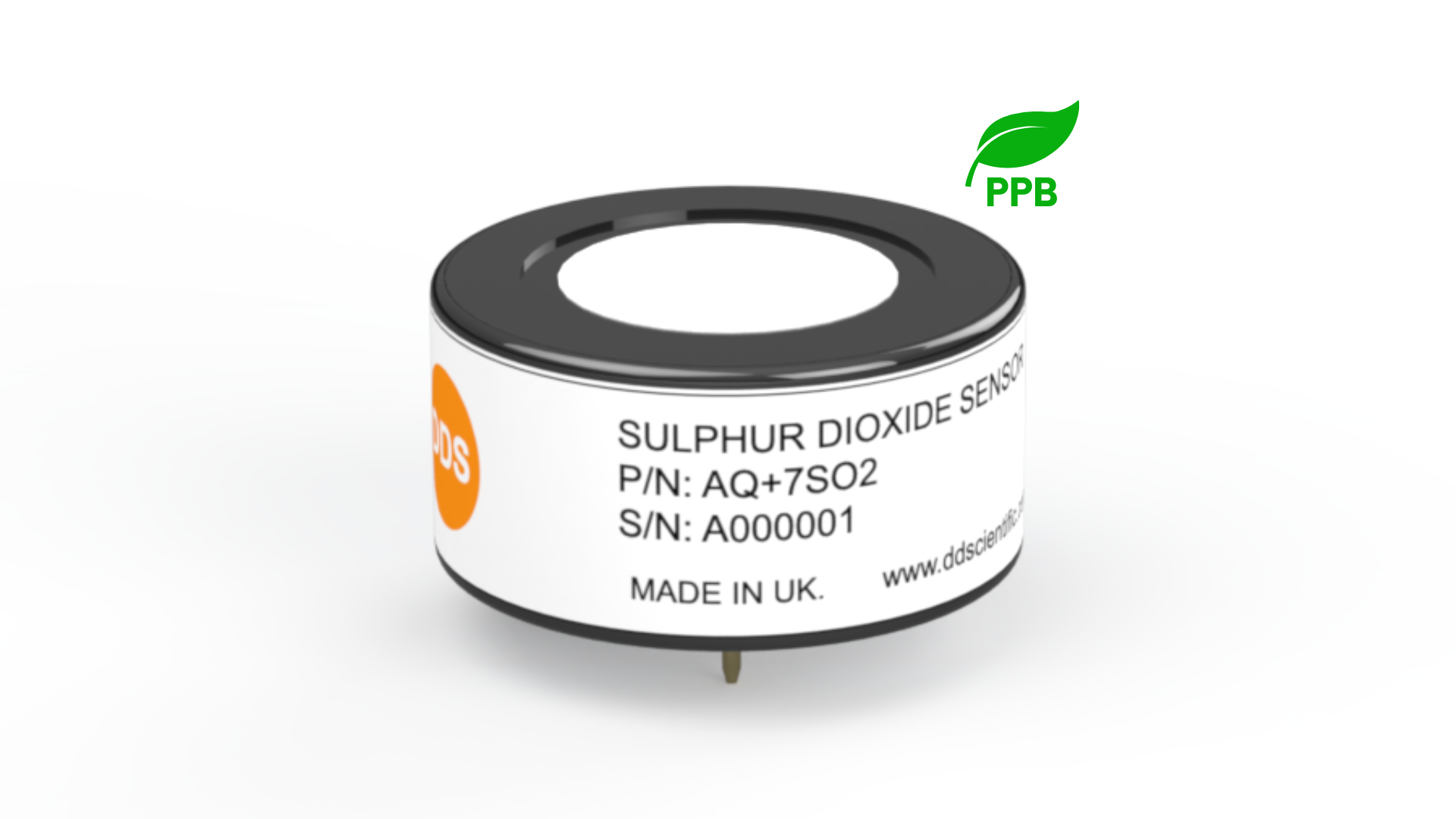Key reasons for monitoring gas in the Air Quality sector include:
Gases emitted from industrial processes, vehicles, and natural sources can have adverse effects on human health. Monitoring these gases helps identify and quantify pollutants which are known to cause respiratory diseases, cardiovascular issues and other health complications.
Gas emissions contribute to environmental degradation and climate change. Monitoring greenhouse gases such as Nitrogen Dioxide (NO2), Ozone (O3), Carbon Monoxide (CO), Nitric Oxide (NO) and Sulphur Dioxide (SO2) is increasingly crucial to understanding and mitigating climate change effects, including global warming and extreme weather events.
Continuous monitoring of gases enables the detection of sudden spikes or abnormal levels of pollutants in the atmosphere. Early warning systems based on gas monitoring data can alert authorities and communities to potential health hazards, allowing for timely interventions and public safety measures.
Gas monitoring data, when made accessible to the public through platforms such as air quality indexes and mobile apps, raises awareness about air pollution and its impact on health and the environment. This knowledge empowers individuals and communities to take steps to reduce their carbon footprint and advocate for cleaner air policies.
Legislation governing air quality varies by country and region. Common examples include the Clean Air Act in the United States, the European Union's Ambient Air Quality Directives, and China's Air Pollution Prevention and Control Law. These laws set standards for pollutants, regulate emissions from industries and vehicles, and establish monitoring and reporting requirements to protect public health and the environment from air pollution.

Support with Air Quality Sensors applications
We work with a broad range of customers in the Air Quality Sensors sector and will be glad to discuss your specific needs, be it integration of DDS sensors or outlining the benefits our sensors can bring to your instruments.
To talk to one of our application specialists get in touch today.









